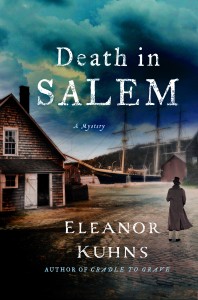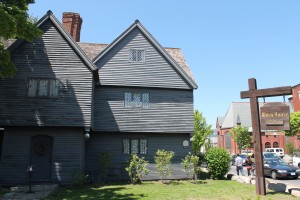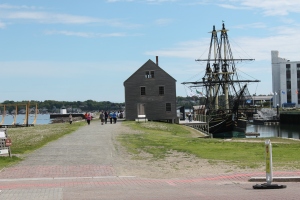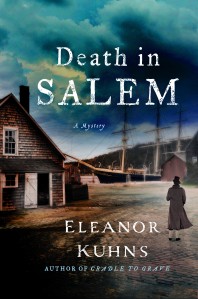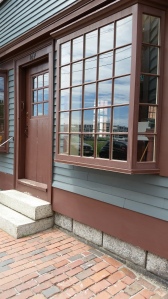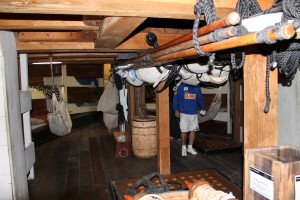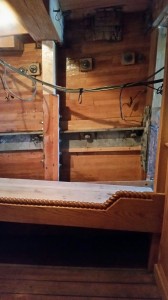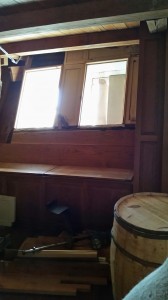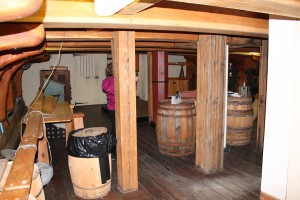I got started researching superstitions when I was researching my new book Death in Salem. It turns out sailors are a superstitious lot. As one might expect, many sailors thought women on board were bad luck. I wonder what happened to the wives of the captains who sailed with their husbands. Moreover, there were women who sent in disguise as men. (Always wondered how that was possible but it did happen.)
Sailors would also not sign up if there was a Jonah, someone who had served on more than one unlucky ship. They were afraid he might be the one who had caused the bad luck. I wonder how much this affected the sailors in Salem. They were very diverse, from Africans and Indians to escaped slaves, Irish, Portuguese and more. I would guess that this very diversity mitigated some of the superstitions carried over from England, and added a few new ones.
One belief that was carried over from Europe was a belief that killing dolphins was bad luck. And it may have been. There are plenty of stories of dolphins carrying sailors in danger of drowning to shore.
The belief that the caul (the membrane that covers newborns) protected from drowning was widespread and for awhile cauls were valuable. When a sailor left the sea, he sold his caul to another sailor.
It was once customary for sailors to be tattooed with good luck symbols to ward off evil. The compass rose was supposed to help a sailor find his way back home. Later on, the tattoos became more generalized and often identified which journeys the sailor had made, whether around the cape or to China.
A note about keelhauling. I remember hearing about this when I watched Popeye cartoons. (I know, right?) Anyway, the American Navy abolished this in 1800 and the British Navy in 1835. What a brutal punishment this was! The prisoners arms and legs were fastened with a long line. The end was held at the opposite end of the ship. The prisoner was dropped into the water and dragged underneath the ship (along the keel). Invariably he drowned or bled to death from the cuts left by the barnacles on the hull. Hanging would have been more humane.

